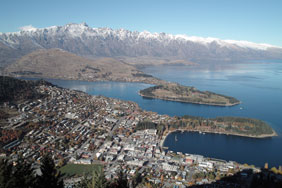Sigma DP1
-
-
Written by Gordon Laing
Outdoor resolution - Sigma DP1 vs Canon EOS 450D / XSi vs Panasonic FX500
Sigma DP1 |
Canon EOS 450D / XSi with Canon EF-S 18-55mm IS |
Panasonic Lumix FX500 | ||
 |
 |
 | ||
f8, 100 ISO |
f8, 100 ISO |
f8, 100 ISO | ||
 |
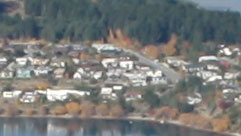 |
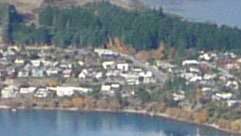 | ||
f8, 100 ISO |
f8, 100 ISO |
f8, 100 ISO | ||
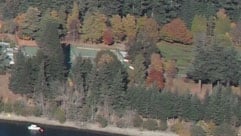 |
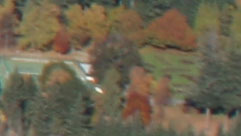 |
 | ||
f8, 100 ISO |
f8, 100 ISO |
f8, 100 ISO | ||
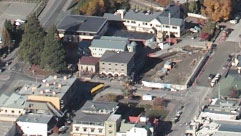 |
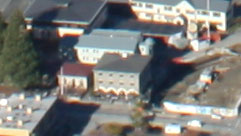 |
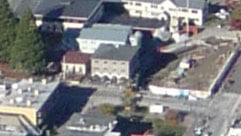 | ||
f8, 100 ISO |
f8, 100 ISO |
f8, 100 ISO |
Sigma DP1: JPEG versus RAW
|
We photographed the same scene immediately afterwards using the DP1’s RAW mode (annoyingly it doesn’t offer a RAW plus JPEG option). The RAW file was processed using Sigma’s supplied Photo Pro software, using the default settings, although we exported the image using the Large 13.9 Megapixel option. This interpolates the image and allows us to really see how much detail is captured by the system. The crops from the other two cameras are the same as those above. This time, it’s the DP1 crops which show a smaller area to the other two cameras, thanks to the higher resolution of the original image they’re taken from. Interpolating from 4.69 to 13.9 Megapixels is quite a big leap and unsurprisingly there’s some undesirable artefacts as a result, such as over-sharpening on the edges of the buildings in the second row of crops and some details in the fourth row. But the amazing thing is just how good they still look. Judging from the crops below we’d say the DP1’s samples contain roughly the same degree of fine detail as the other two cameras when their lenses are performing well – and clearly more when the rival lenses are letting down their systems (as seen in the corners). This is an impressive result for the Sigma DP1 and proves if the subject is static and the sensitivity set to 100 ISO, the camera can keep up with the best of the current APS-C DSLRs and compacts in terms of image quality. And as seen here and throughout our results and gallery pages, the Foveon X3 sensor in the DP1 produces quite a unique quality to its images. Now let’s look at the Sigma DP1’s studio resolution. |
Sigma DP1 RAW conversion (Large 13.9MP) |
Canon EOS 450D / XSi in-camera JPEG |
Panasonic Lumix FX500 in-camera JPEG | ||
 |
 |
 | ||
f8, 100 ISO |
f8, 100 ISO |
f4.5, 100 ISO | ||
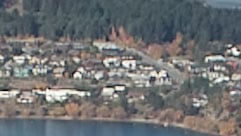 |
 |
 | ||
f8, 100 ISO |
f8, 100 ISO |
f4.5, 100 ISO | ||
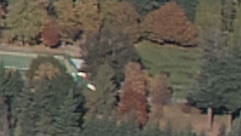 |
 |
 | ||
f8, 100 ISO |
f8, 100 ISO |
f4.5, 100 ISO | ||
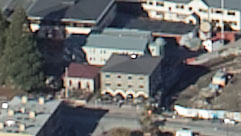 |
 |
 | ||
f8, 100 ISO |
f8, 100 ISO |
f4.5, 100 ISO |
Sigma DP1 results continued…
 |
|
The image above was taken with the Sigma DP1 at a sensitivity of 100 ISO and an aperture of f8; the original Hi Fine JPEG file measured 2.6MB. All crops are presented at 100%. Note: just before going to press with this review, Sigma released firmware revision 1.03 which added a new LOW 50 ISO option. This setting was too late to be included on this particular page, but we have included a 50 ISO sample in our Gallery and reshot our resolution chart on the next page at 50 ISO.
The first thing you’ll notice is the DP1 samples show a much larger area than those from the other two cameras – that’s because it’s outputting a much lower resolution image with just 4.69 Megapixels to the 12.2 Megapixels of the Canon 450D / XSi and the 10.1 Megapixel resolution of the Panasonic FX500. But even a cursory glance at the crops below shows the DP1 capturing a massive degree of detail and sharpness, where every single pixel counts.
The optics used by each camera are also playing a big role here. The Canon EF-S 18-55mm IS kit lens used for the 450D / XSi samples below becomes quite soft in the lower right corner (as seen in the third row), and the Panasonic’s lens is suffering in the top left corner (as seen in the first row). In stark contrast, the DP1’s lens appears well-corrected across the entire frame, delivering equally sharp results in the corners as it does in the middle.
So the DP1’s lens delivers very sharp details to the Foveon X3 sensor, which in turn makes every single pixel count. Examples like the ones below will make you rethink the meaning of Megapixels. At first you’d think a 4.69 Megapixel image couldn’t possibly hope to compete with images containing 10 or 12 Megapixels, but the samples below tell a different story.
While the DP1 crops look packed with detail though, is there really more or less than the other cameras shown here? To really see what the DP1’s got, it’s time to turn to its RAW mode and the supplied Photo Pro software which offers a 13.9 Megapixel interpolated output option. Scroll to the bottom of this page to see the same comparison, but this time with the interpolated DP1 results.
